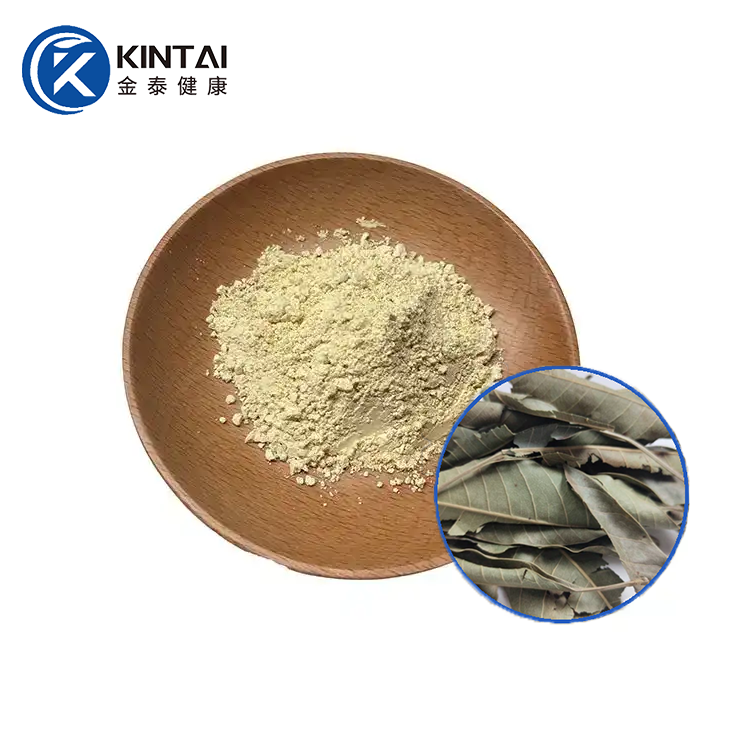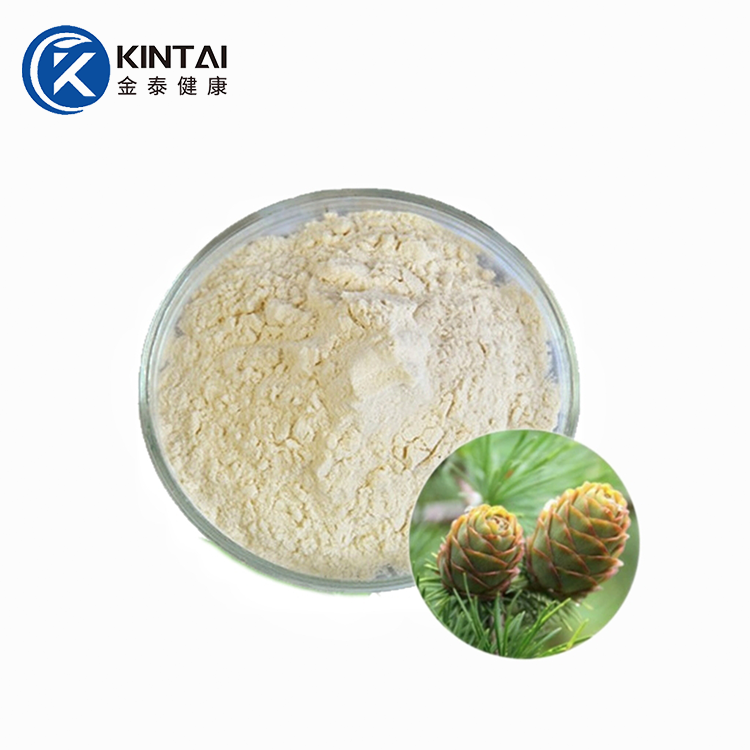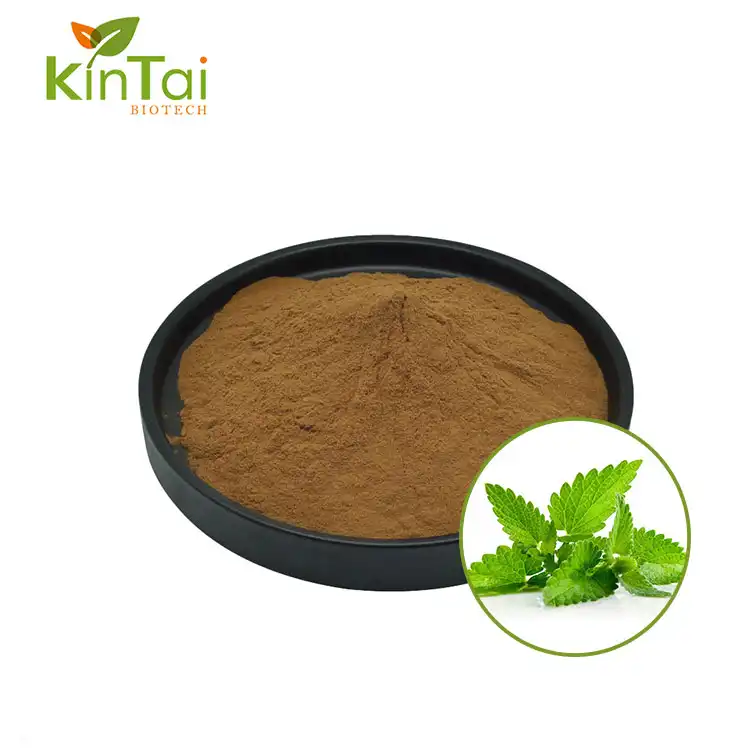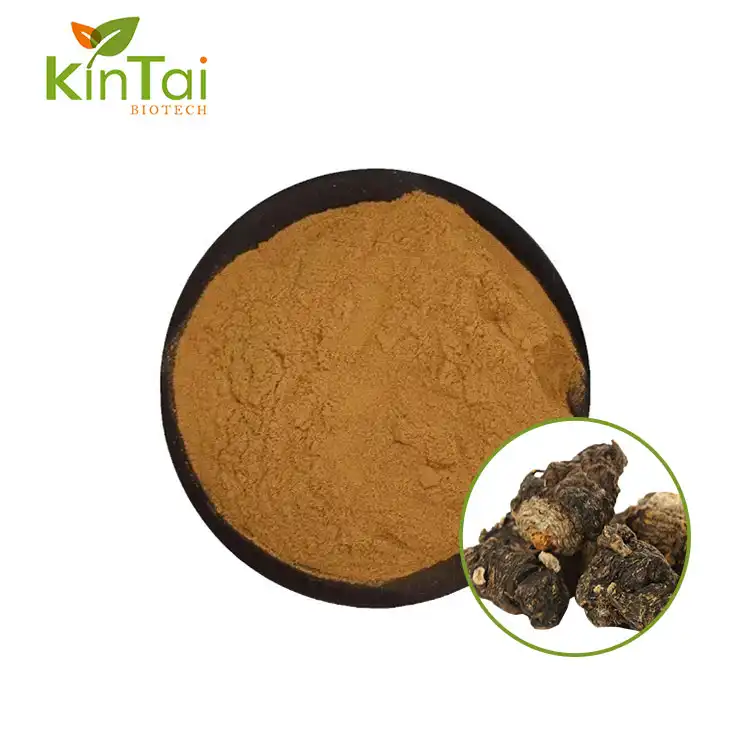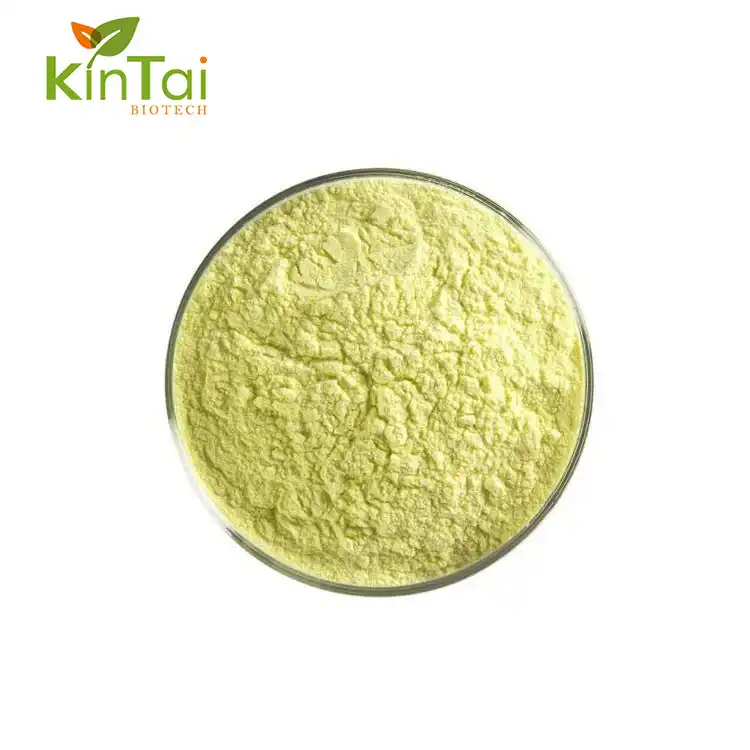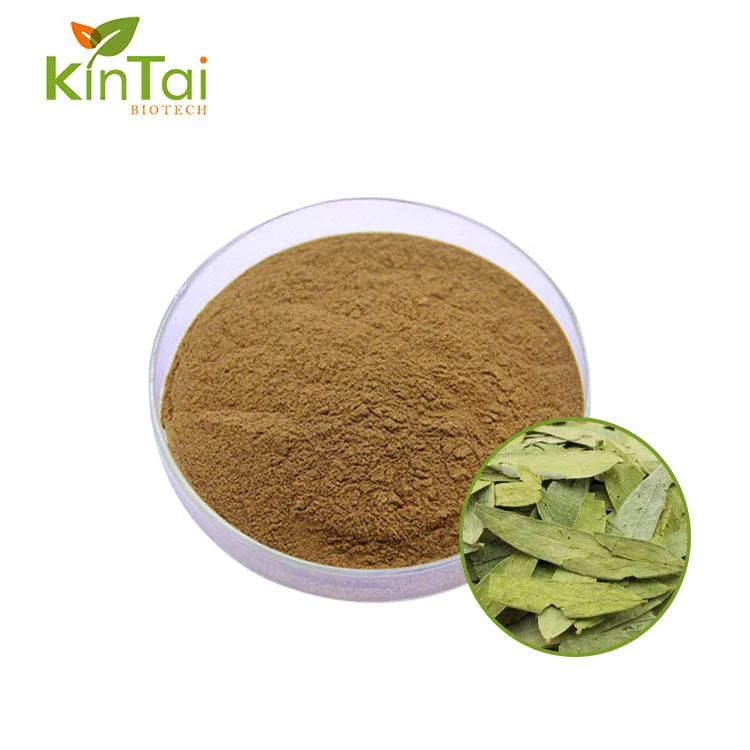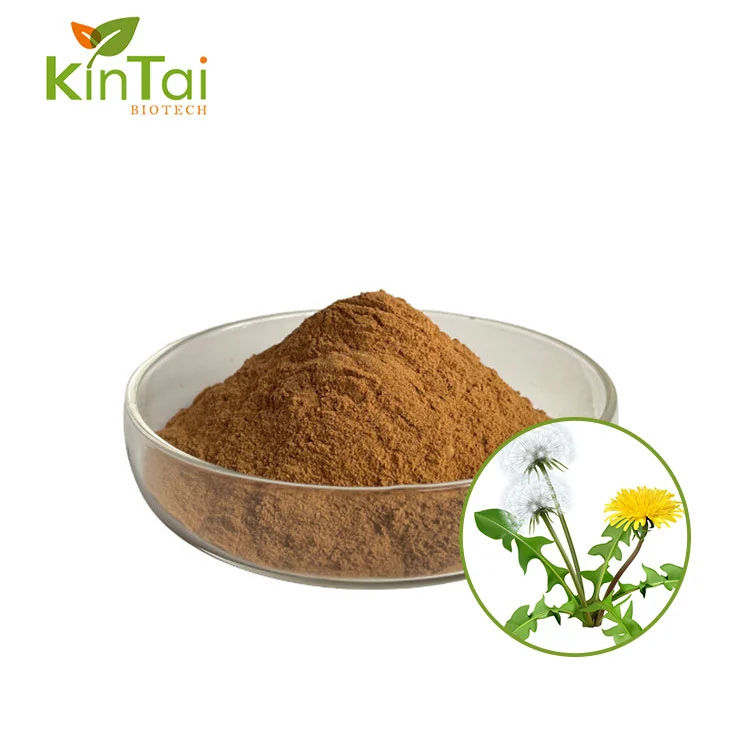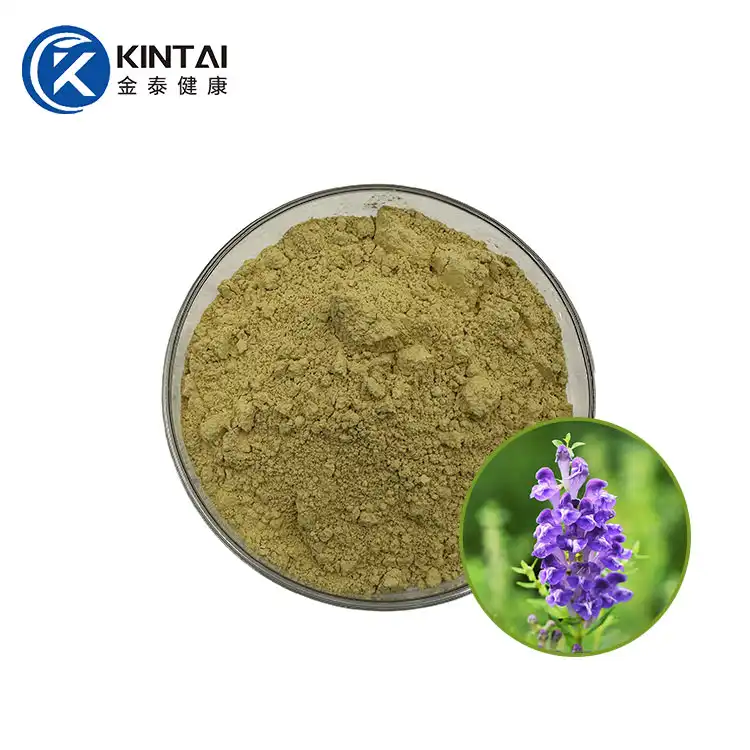Lappaconitine Hydrobromide
Specification:96% Lappaconitine Hydrobromide
Test Method:96% by titration
CAS Registry No: 97792-45-5
Appearance: White crystal, odorless, bitter taste.
Certifications: ISO, HACCP, HALAL, KOSHER, Technical Invention Patent Certificate
MOQ: 10g
Sample: Free sample available
Production Capacity: 200KG/month
Delivery Time: Delivery within one day from warehouse
Shelf Life: 2 years
Payment: Multiple terms acceptable like T/T, LC, DA
Company Advantage: Hyperuridine hydrobromide is one of our main products, which is sold in Russia, Europe and the United States all the year round and is well received by our customers!
- Fast Delievery
- Quality Assurance
- 24/7 Customer Service
Product Introduction
Lappaconitine Hydrobromide Manufacturer
Lappaconitine Hydrobromide(LA) is a kind of diterpenoid alkaloid, labaconitine, which is extracted and isolated from the aconitum of ranunculus family. It is the first non-addictive analgesic drug for central nervous system in China. It has the effects of analgesia, antipyretic, detumescence and local anesthesia, and has the characteristics of non-addiction and less adverse reactions. Its analgesic effect is stronger than indomethacin and weaker than morphine. At present, its strong analgesic and immunomodulatory effects are mainly used in the clinical diagnosis and treatment activities of various specialties, and it is widely used in the late analgesia and perioperative analgesia of cancer.

Lappaconitine is a popular product at KINTAI. After a decade of research and development, KINTAI has successfully overcome numerous core technical problems, achieving exceptional purity in every batch. We consistently adhere to stringent quality standards and maintain a customer-centric approach, ensuring that every product meets stringent pharmaceutical-grade standards. We provide global pharmaceutical companies with highly effective and safe botanical intermediates. As a trusted supplier of botanical active ingredients, we maintain our leading position in botanical extraction technology and are now the largest producer of 96%Lappaconitine in China.Please feel free to contact us at health@kintaibio.com.
COA and HPLC Report of Lappaconitine Hydrobromide


Quality specification & Standard of Aconitum root extract
|
Product name |
Lappaconite Hydrobromide |
|
Extract source |
Aconitum sinomontanum Nakai |
|
Extraction Solvent |
Water/Ethyl alcohol |
|
Appearance |
White Powder |
|
Solubility |
Dissolved in water |
|
Identification |
Titration;HPLC |
|
Ash |
NMT 0.5% |
|
Heavy metals |
NMT 20 PPM |
|
Loss On Drying |
NMT 5.0% |
|
Powder size |
80Mesh, NLT90% |
|
Assay of Lappaconitine (HPLC test, percent, Standard in House) |
Min. 96.0% |
|
Microbiological Quality (Total viable aerobic count) |
|
|
- Bacteria, CFU/g, not more than |
NMT 103 |
|
- Moulds and yeasts, CFU/g, not more than |
NMT 102 |
|
- E.coli, Salmonella, S. aureus, CFU/g |
Absence |
|
Storage |
2-8 ℃ |
|
Shelf life |
Three years |
Sample available! Contact us now>>>
Chemical & Physical Properties
|
CAS Number |
97792-45-5 |
Solubleness |
Soluble in DMSO (a little), methanol (a little) |
|
Molecular Formula |
C32H45BrN2O8 |
Molecular Weight |
665.61 |
|
Melting Point |
223-226 ℃ |
Test Method | 96% by Titration; 98% by HPLC |

Lappaconitine Hydrobromide in Analgesia
Lappaconitine, primarily extracted from the root of the herb Aconitum napellus, has been clinically proven to have a strong analgesic effect, long-lasting efficacy, and few adverse reactions. It is the first non-addictive analgesic in China.
LA is China's first non-addictive, non-opioid analgesic and has been included in the "third-step" analgesic regimen for cancer patients in China. LA's analgesic effect is inferior to morphine, but comparable to pethidine, and is seven times more potent than the antipyretic analgesic aminopyrine. LA has a slow onset of analgesia but a long-lasting effect, making it a common alternative to tramadol. Studies have found that LA can inhibit ectopic discharges caused by axonal damage by affecting voltage-dependent sodium and calcium channels in the central nervous system, thereby blocking nerve conduction. It can also inhibit the release of substance P and somatostatin from afferent nerve fibers by inhibiting the reuptake of norepinephrine and serotonin by the presynaptic membrane and increasing their levels in the synaptic cleft, thereby exerting a strong and lasting analgesic effect. It can also exert analgesic effects by inhibiting calcium influx in the gray matter around the cerebral aqueduct and cortical cells, as well as the expression of nuclear factor κB.
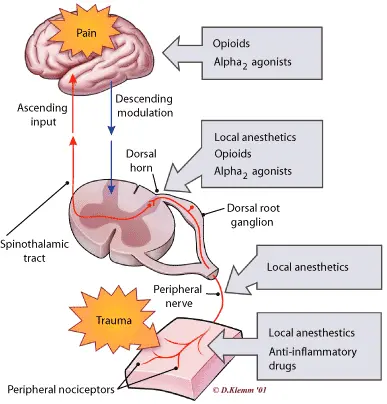
(Reference:Research progress of Lappaconitine Hydrobromide in analgesia,Gong QA,LiM. Effect of Lappaconitine on Postoperative Pain andSerum Complement 3 and 4 Levels of Cancer Patients UndergoingRectum Surgery[J]. Zhongguo Zhong Xi Yi Jie He Za Zhi,2015,35( 6) : 668-672.)
Lappaconitine Hydrobromide Benefits
1. Analgesia
Laptopaconitine, my country's first non-addictive analgesic, is used to treat various mild to moderate pain conditions, such as cancer pain, postoperative pain, and sciatica. Clinically, lappaconitine's analgesic efficacy is seven times that of aminopyrine, and it has shown significant relief for toothache, trigeminal neuralgia, herpes zoster pain, and postoperative pain.
2. Anti-inflammatory
Laptopaconitine has a moderate anti-inflammatory effect and is commonly used in folk medicine to treat inflammatory conditions such as lupus erythematosus, rheumatism, and rheumatoid arthritis. Laptopaconitine can inhibit NO production by inhibiting the NF-κB pathway and the mitogen-activated protein kinase (MAPK) signaling pathway, thereby reducing the expression of inflammatory factors (TNF-α, IL-1β, IL-6) and chemokines (KC, MCP-1, MIP-1α), achieving anti-inflammatory effects.
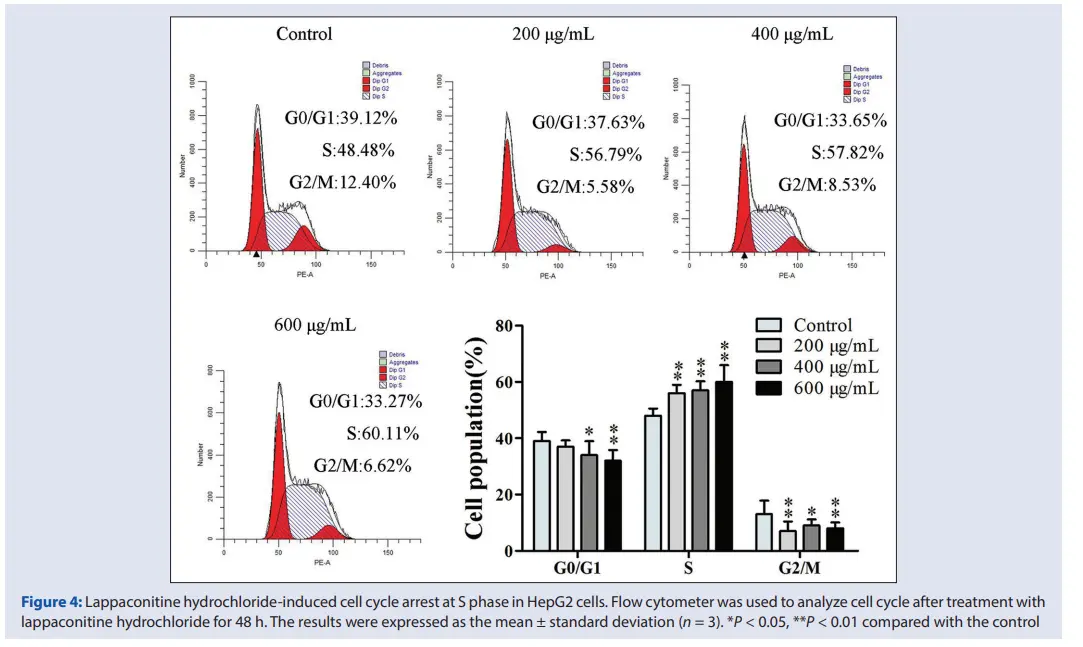
3. Antiarrhythmic
Laptopaconitine's antiarrhythmic effect is a unique activity of lappaconitine. Lappaconitine belongs to the Class Ic antiarrhythmic natural product class. The antiarrhythmic activity of its derivatives is dependent on the halogen at the C-5' position of the aromatic group. The order of halogen substitution affecting biological activity is: Br > I > Cl. Lappaconitine hydrobromide is the most potent antiarrhythmic derivative.
4. Anti-tumor Effects
Lappaconitine sulfate can block A549 cells in the G0/G1 phase via the phosphoinositide 3-kinase/protein kinase B (PI3K/protein kinase B, PKB or AKT) signaling pathway, induce apoptosis, and inhibit cell viability and proliferation. The PI3K/AKT signaling pathway plays an important role in cell survival, proliferation, and growth.

5. Anti-epileptic Effects
Lappaconitine's inhibition of sodium currents is use-dependent and does not alter the voltage-dependence of sodium current activation and inactivation. Lappaconitine selectively reduces the duration of epileptiform discharges and bursts in neurons induced by bicuculline, aconitine, or Mg2+-free external solution. This suggests that the antiepileptic activity of lappaconitine may be mediated by inhibiting axonal conductance and reducing sodium currents.
Lappaconitine Hydrobromide Side Effects
1. Adverse Reactions
Occasionally, dizziness, palpitations, urticaria, chest tightness, and allergic rash may occur, generally resolving spontaneously.
The injection may cause local irritation.
2. Contraindications and Precautions
This product is contraindicated in patients with allergies.
Use with caution in patients with severe hepatic or renal insufficiency.
The safety of this drug in pregnant and lactating women is unknown; use should be carefully weighed against the risks.
Use with caution in patients with heart disease.
3. Drug Interactions
Combined use with other central nervous system depressants (such as sedatives and hypnotics) may enhance the depressant effect.
Combination use with other medications is recommended under a physician's supervision.
4. Special Notes
Slow onset of action: Compared to fast-acting opioids such as morphine, Lappaconitine Hydrobromide takes approximately 30 minutes to take effect after injection, making it unsuitable for extreme situations requiring immediate analgesia.
Lappaconitine Hydrobromide Formulations
The formulation of lappaconitine is primarily based on different dosage forms to meet diverse clinical needs. The following are its main dosage forms and formulation features:
1. Injection
This is the most classic and common dosage form, used for acute, moderate to severe pain.
Formula:
- Active ingredient: lappaconitine hydrobromide
- Solvent: Water for injection
- pH adjuster: Dilute hydrochloric acid or sodium hydroxide solution is commonly used to adjust the pH to an appropriate range (usually 4.0-6.0) to ensure drug stability and reduce irritation during injection.
- Possible excipients: Antioxidants (such as sodium bisulfite) are sometimes added to enhance stability.
- Common strengths: 4mg/2ml, 8mg/2ml, etc.
- Route of administration: Intramuscular injection or intravenous infusion.
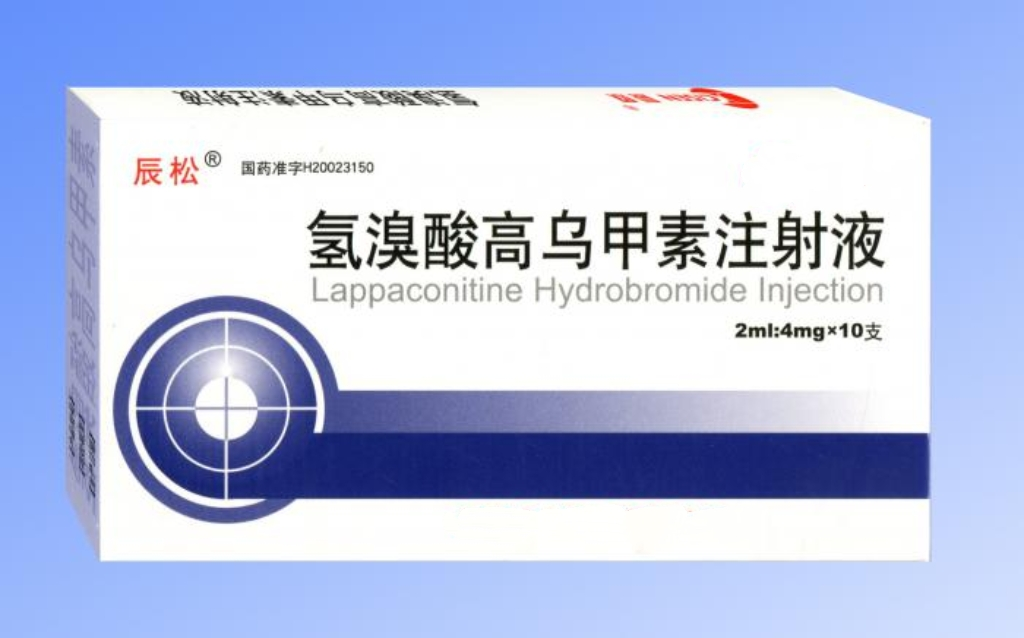
2. Tablets/pills
This is used for the maintenance treatment of chronic, persistent pain and is convenient to administer.
Formula:
- Active ingredient: lappaconitine hydrobromide
- Bulker: Such as starch, lactose, and microcrystalline cellulose, used to increase tablet weight. Binders, such as polyvinylpyrrolidone (PVP) and starch slurry, are used to bind powders.
- Disintegrants, such as cross-linked sodium carboxymethyl cellulose and low-substituted hydroxypropyl cellulose, promote tablet disintegration in the gastrointestinal tract.
- Lubricants, such as magnesium stearate and talc, facilitate tablet compression.
- Common strength: 5 mg/tablet.
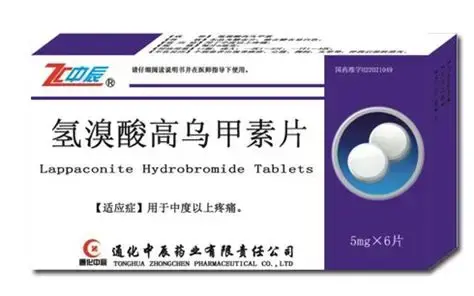
3. Patches (Transdermal Drug Delivery System)
This innovative dosage form provides sustained, stable analgesia and is particularly suitable for patients with chronic pain requiring long-term medication (such as cancer pain). It avoids first-pass hepatic effects and gastrointestinal side effects.
Formulation:
- Active ingredient: Lappaconitine hydrobromide
- Pressure-sensitive adhesives, such as polyacrylates, silicones, or polyisobutylenes, enable the patch to adhere to the skin and serve as a drug reservoir and release vehicle.
- Penetration enhancers, such as aminoketone and oleic acid, help the drug penetrate the stratum corneum.
- Backing layer: A water-impermeable film that prevents drug evaporation and external contamination. Anti-stick layer: A protective layer to be removed before use.
- Advantages: Stable blood drug concentration, long-lasting effect (lasting for more than 24 hours), easy to use, and good patient compliance.

FAQ
Q1:What is lappaconitine hydrobromide used for?
A1:Lappaconitine hydrobromide is widely utilized in research focused on Pain Management.
Q2:What's your MOQ?
A2:Our MOQ is flexiable, please contact us to get more information.
Our Certifications
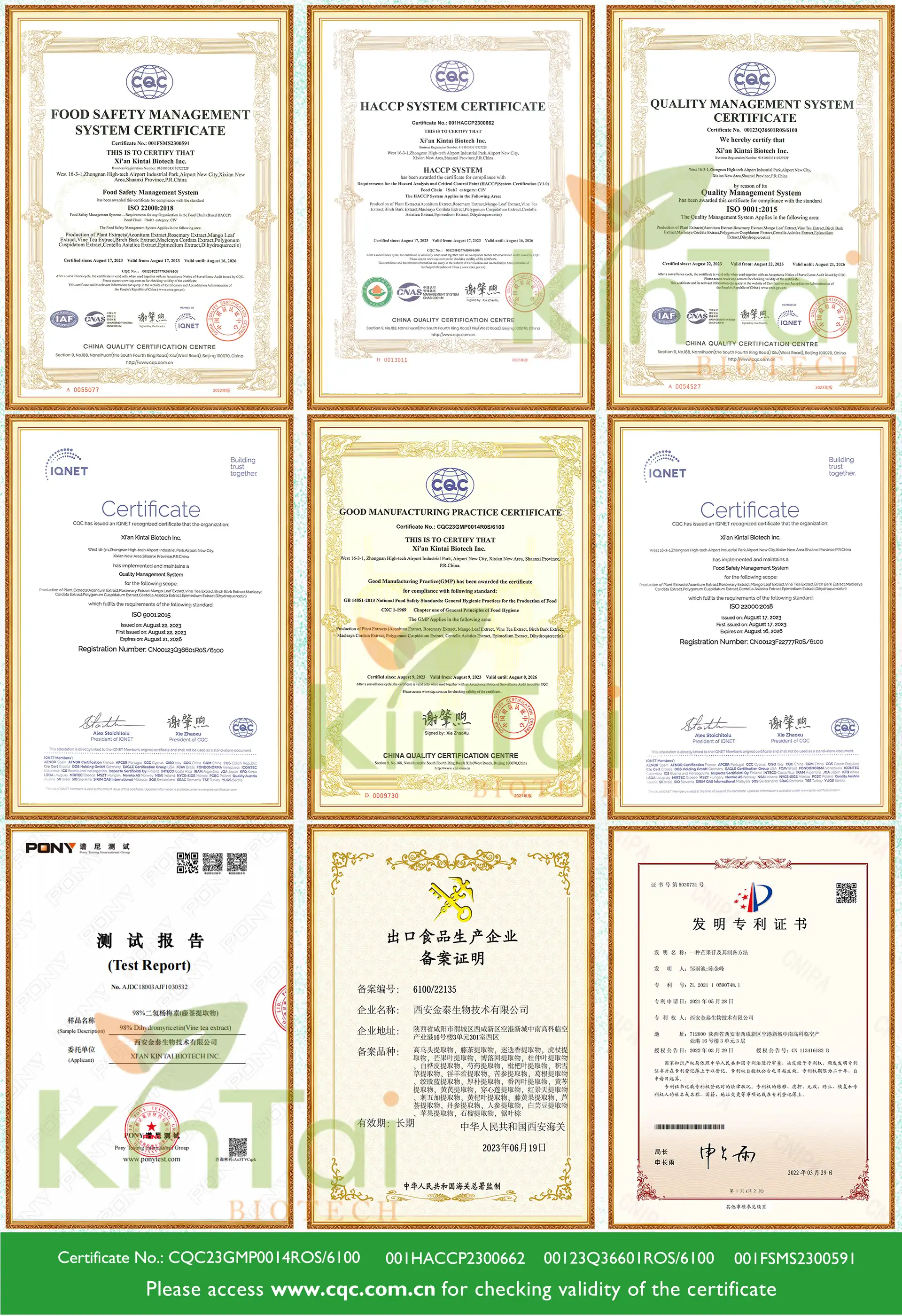
Send Inquiry
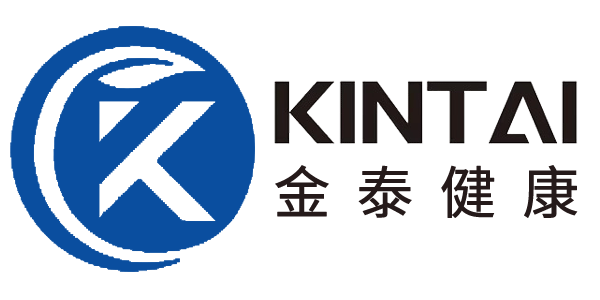
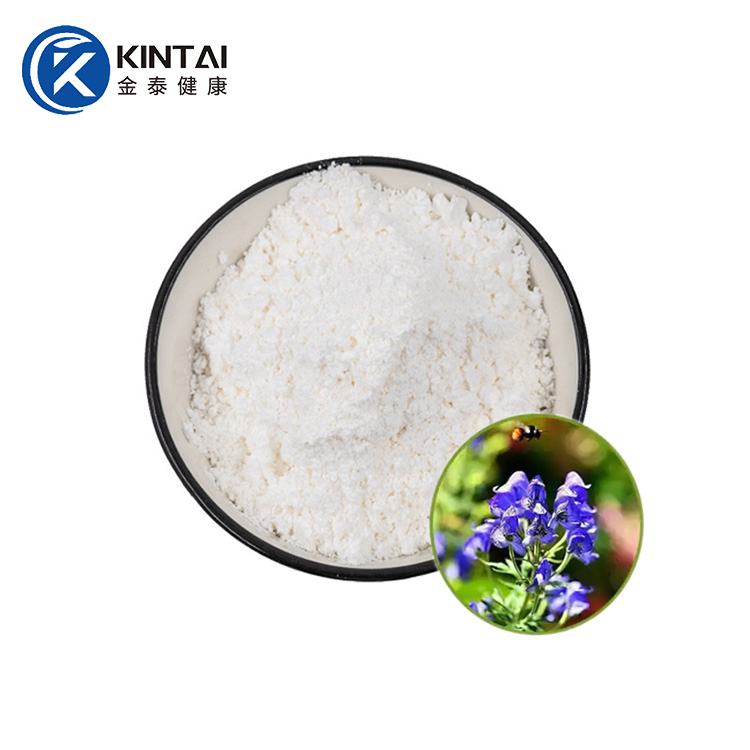
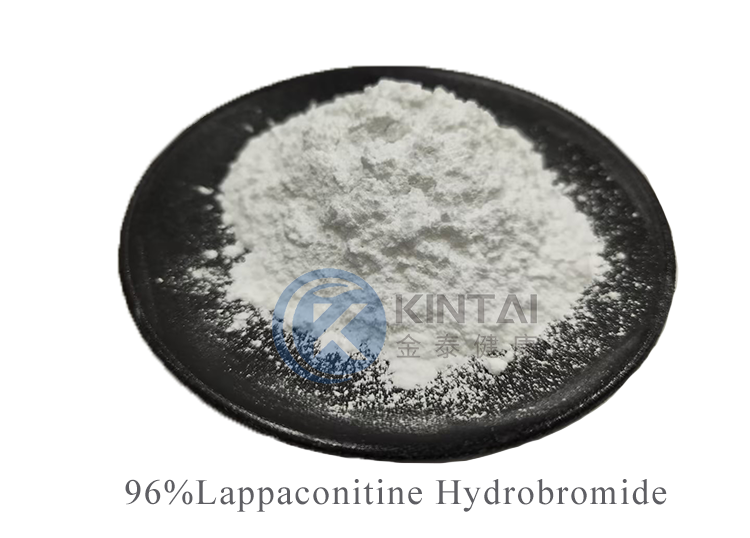
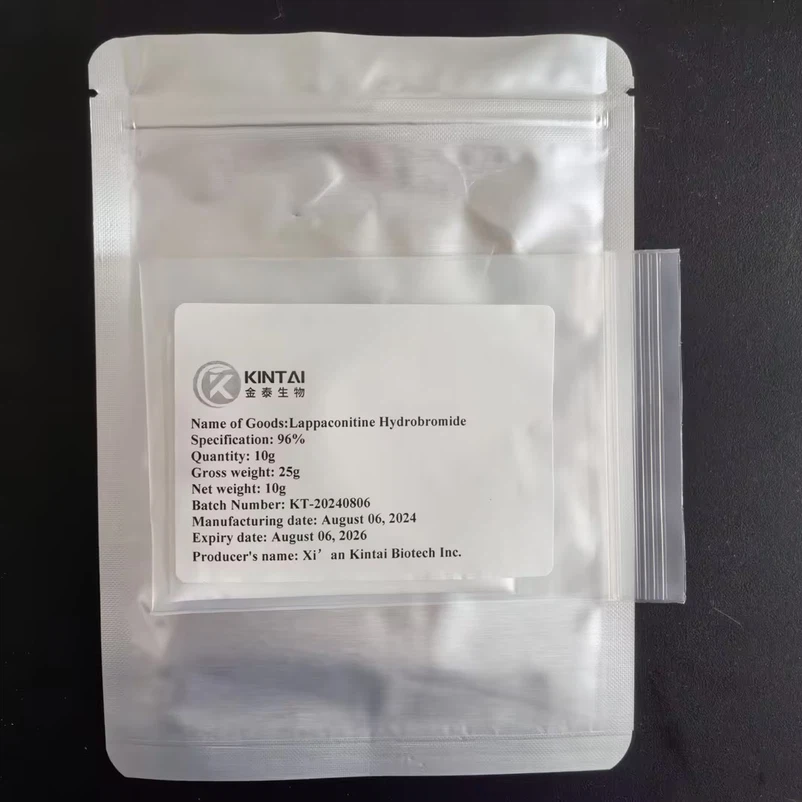
_1761556010681.jpg)
